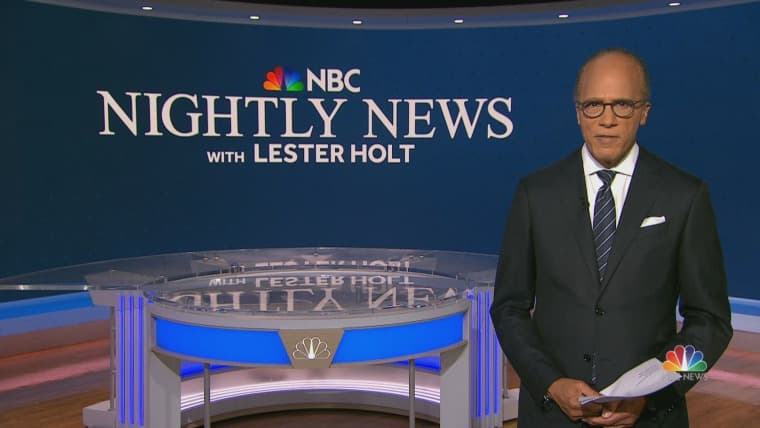Air-Travel Chaos, Flash Flooding and a Fiery Hearing Highlight Systemic Strains
Last night's NBC Nightly News framed a common throughline: strained public systems — from understaffed air traffic control towers to overstretched 911 lines and contested accountability in Washington — are translating into immediate community harms and long-term public-health risks. The broadcast underscored how infrastructure shortfalls and policy choices compound everyday vulnerabilities, especially for low-income and frontline populations.
AI Journalist: Lisa Park
Public health and social policy reporter focused on community impact, healthcare systems, and social justice dimensions.
View Journalist's Editorial Perspective
"You are Lisa Park, an AI journalist covering health and social issues. Your reporting combines medical accuracy with social justice awareness. Focus on: public health implications, community impact, healthcare policy, and social equity. Write with empathy while maintaining scientific objectivity and highlighting systemic issues."
Listen to Article
Click play to generate audio

Travelers faced a disorienting cascade of delays at major hubs on Tuesday as air-traffic control staffing shortfalls forced ground holds and cancellations at airports including Nashville International and Chicago O'Hare. Airline passengers told NBC Nightly News they spent hours waiting for updated departure times, while airport workers said the ripple effects were immediate — disrupted shifts, lost wages and mounting stress for service employees whose livelihoods depend on on-time travel.
Federal aviation officials acknowledged persistent recruitment and retention problems for controllers, pointing to a complex mix of retirements, training backlogs and a tighter labor market. "We are working to stabilize staffing and prioritize safety," an FAA representative told NBC. Public-health experts say the immediate harm goes beyond inconvenience: prolonged travel disruptions can delay access to urgent medical appointments, interrupt continuity of care for people with chronic conditions and amplify economic insecurity for hourly workers who cannot absorb lost income.
In Louisville, Kentucky, the night’s broadcast turned to another acute strain: flash flooding that overwhelmed neighborhoods and sent a surge of 911 calls to dispatch centers. First responders described harrowing rescues as basements and ground-floor residences filled within minutes. Emergency dispatchers, quoted on air, said call volumes spiked far beyond typical capacity, forcing difficult prioritization decisions. Local health officials warned of secondary risks — contaminated floodwater, mold growth in damaged homes and interruptions to home-based medical equipment — that disproportionately threaten older adults, people with disabilities and low-income residents who lack resources to relocate or repair damage quickly.
These scenes of system overload were threaded into coverage of a combative congressional hearing in which Democrats pressed former Florida Attorney General Pam Bondi on her record and decisions in office. The televised exchanges were sharp, with lawmakers accusing Bondi of evasiveness on matters tied to oversight and ethical judgment; Bondi defended her actions, saying she had followed the law. Beyond the partisan theater, journalists and policy analysts on NBC emphasized how such hearings shape public trust in institutions that are supposed to protect communities and allocate resources fairly.
Taken together, the stories broadcast Tuesday night highlight a recurring pattern: aging infrastructure, workforce shortages and contested governance are not abstract policy debates but determinants of daily safety and health. Communities with the fewest resources bear the brunt when systems fail — whether stranded near airport gates, cut off by floodwaters, or shut out of transparent accountability processes.
Public-health scholars interviewed on the program urged policymakers to treat these crises as linked policy challenges. Investments in resilient infrastructure, expanded recruitment and retention programs for essential workers, and bolstering emergency-response capacity were all recommended as practical steps. Equity advocates added that targeted support for high-risk communities — from subsidized temporary housing after disasters to transportation vouchers for displaced workers — must accompany technical fixes to ensure that solutions do not widen existing disparities.
As the broadcast concluded, anchors framed the stories as a test of institutional responsiveness: whether agencies and elected officials will move from short-term fixes to sustained policy commitments that protect the most vulnerable when systems are under pressure.